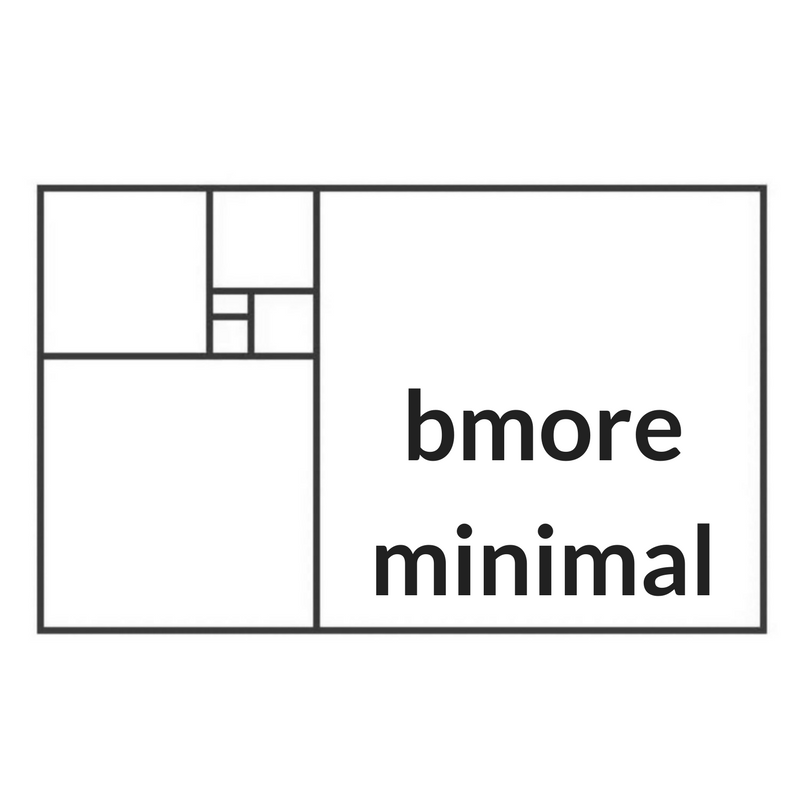As a kid, I was enthralled by the laundry chute in my grandparent’s house. It eliminates the need to walk down the stairs with the occasional towel and the like. For the adults, throwing laundry down the chute was simple. For a kid, it was a small thrill.
We all have sources of frustration in our life that we can’t do much about. But we can reduce, if not eliminate, small sources of friction that accumulate throughout our day.
Here are some signs of friction-free home organization.
Pathways are clear:
We can move around our house unimpeded by piles of procrasticlutter or excess stuff. Nothing blocks our access to any doorways, closets, appliances, or windows.
Surfaces are clear:
We can do all the verbs we need to do without nouns getting the way. We can rest on our beds, sit on our chairs, eat on our tables, write on our desks, etc.
Retrieval and return is easy:
We know the assigned homes for our items, and we don’t have to follow a multi-step process to access them. We store them where we use them, without having to shift piles or bins or deal with fussy lids. Curfew is easy to uphold.
Choreography is considered:
We design our space to streamline the physical movement that will happen there. We consider our height and our handedness in storing our items. Steps in a process, such as cooking or getting dressed, can be followed efficiently.
If this doesn’t sound like our current life, we don’t have to worry. We can start from wherever we are and end up with an organized home.
And when we finally achieve that relatively friction-free space, we’ll appreciate that small miracle like a little kid appreciates a good laundry chute.
